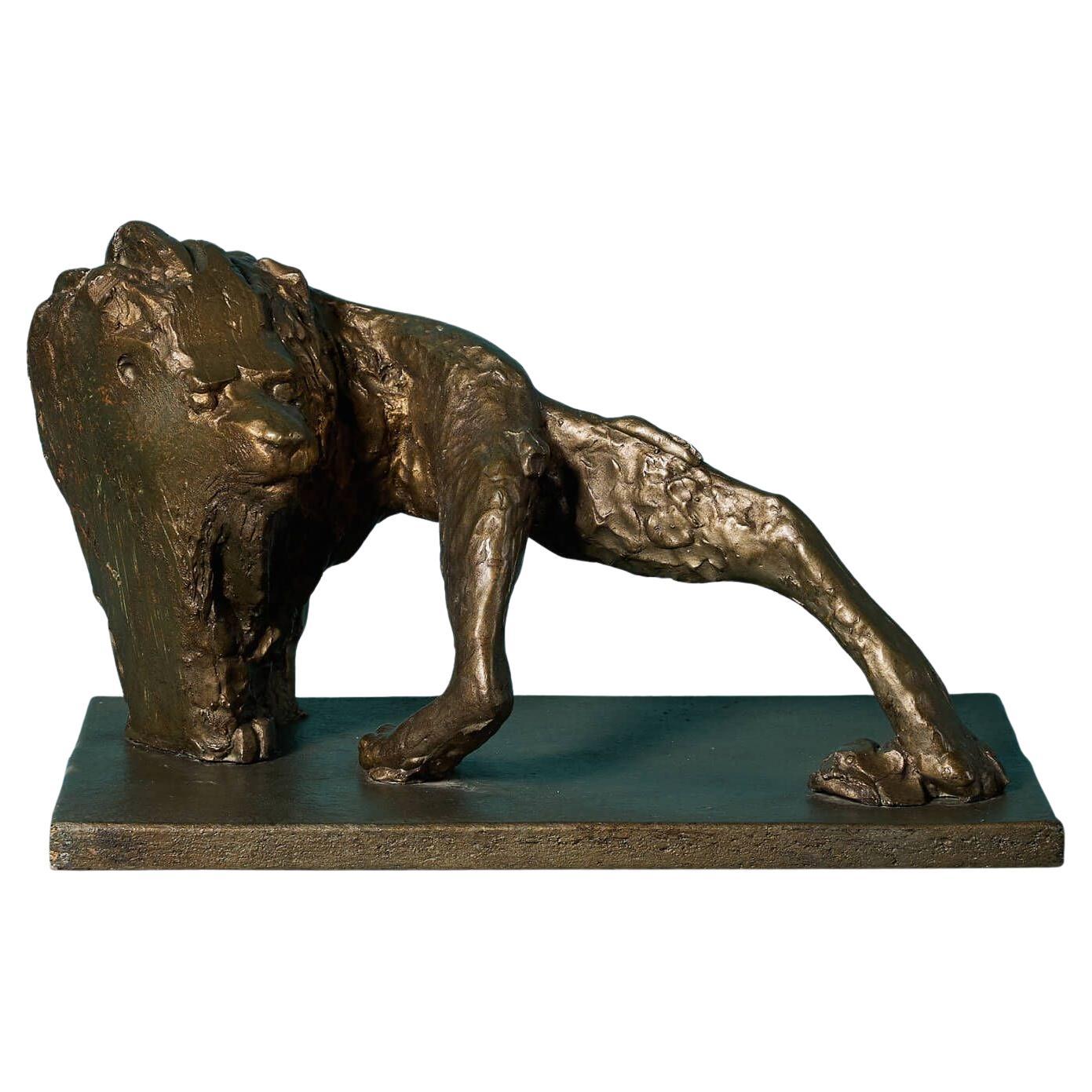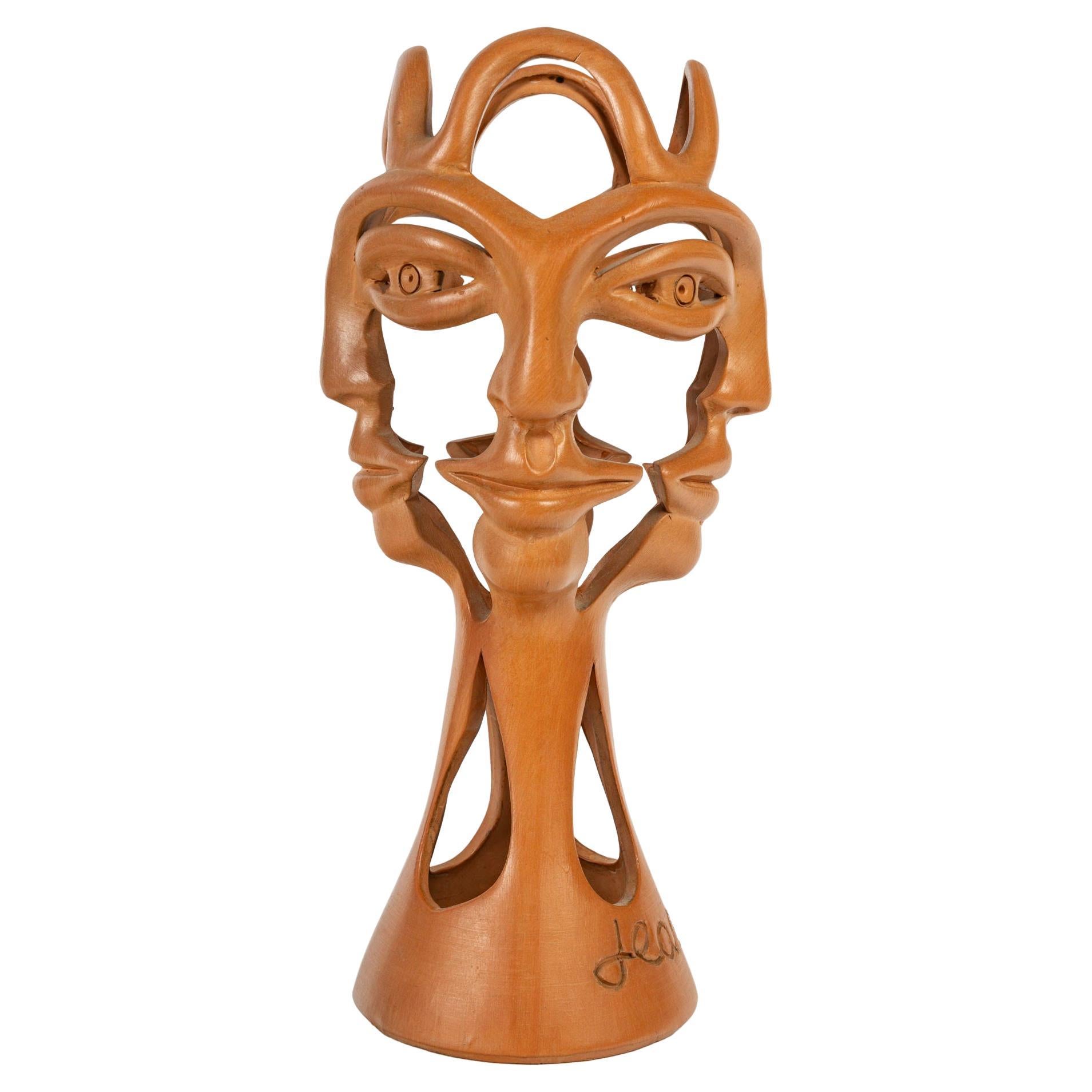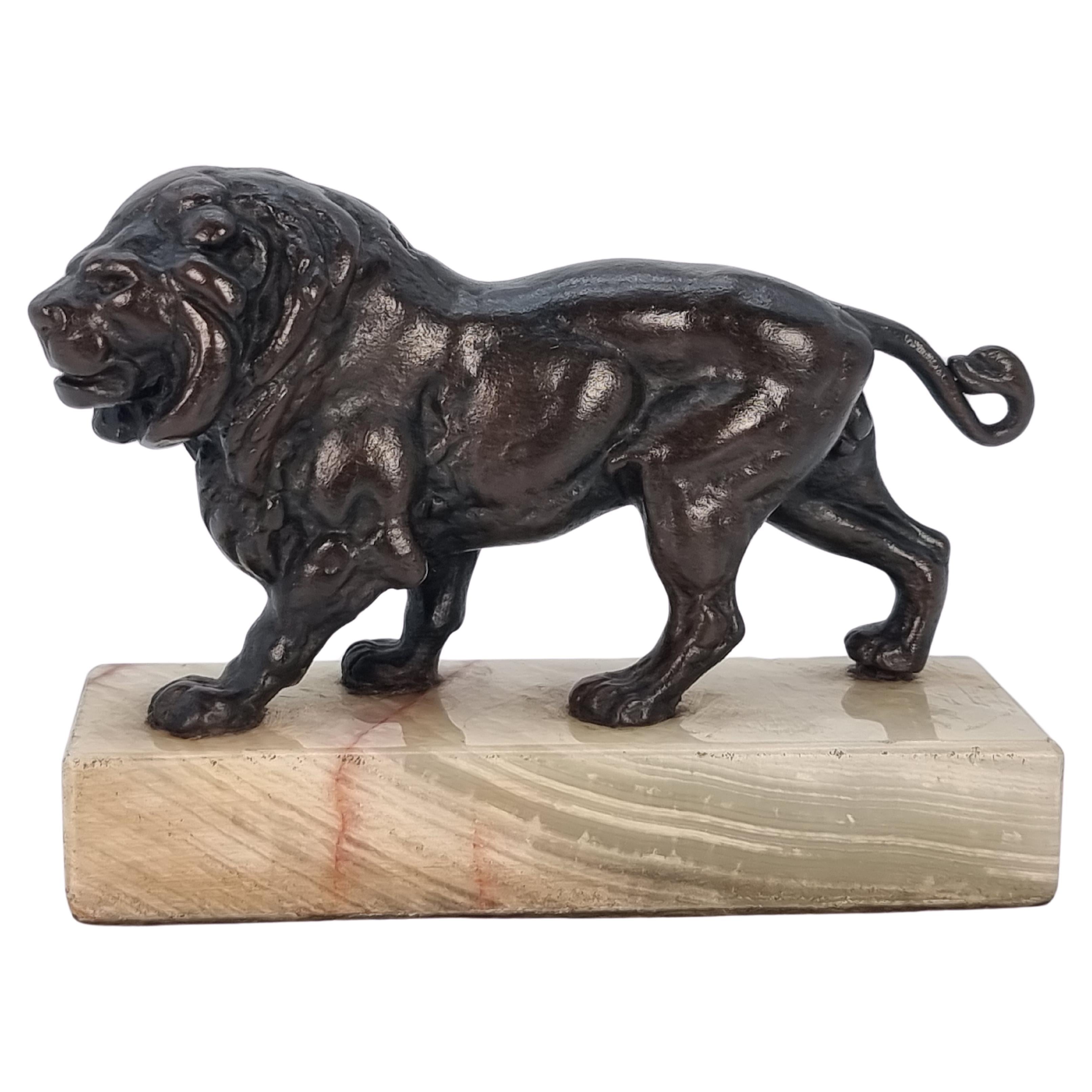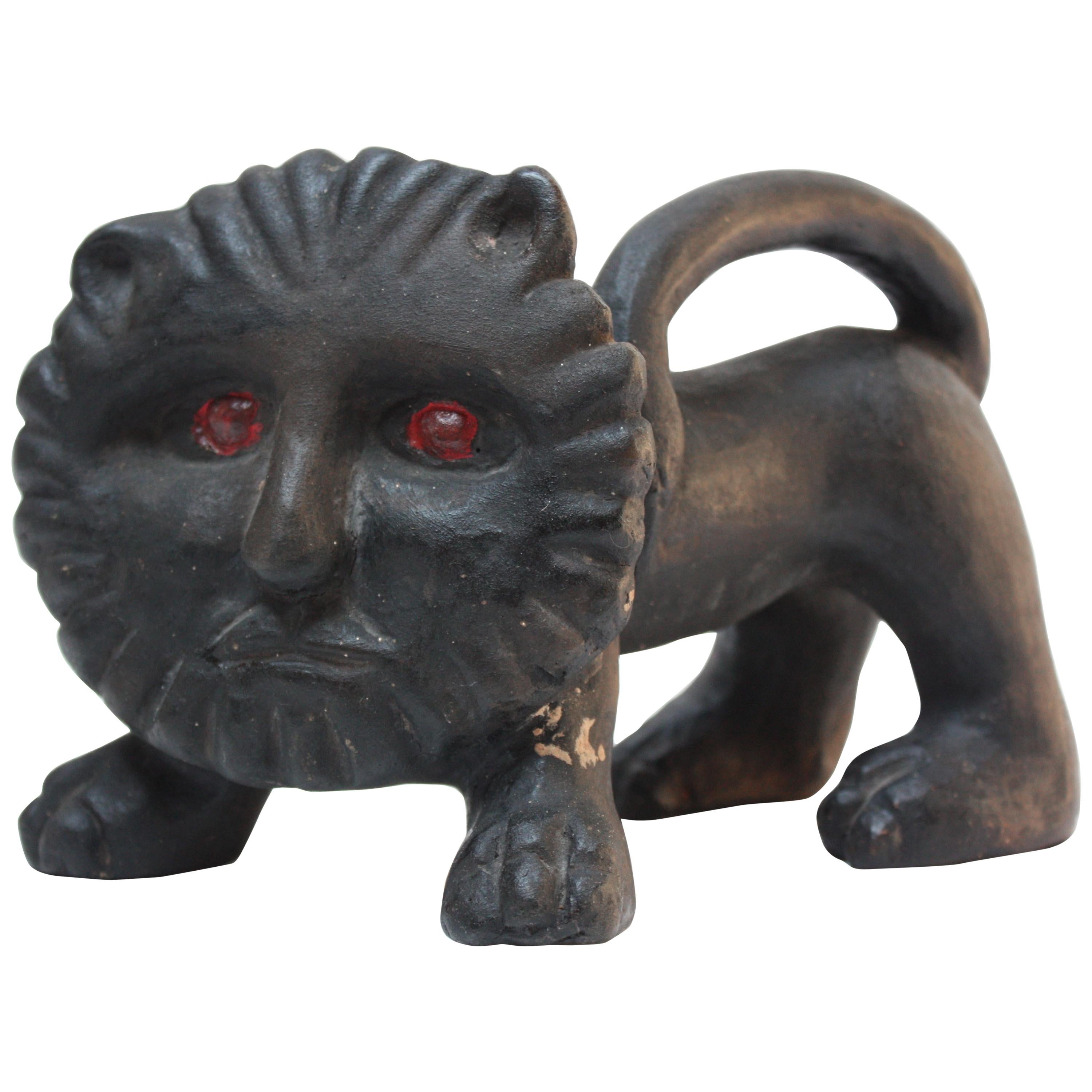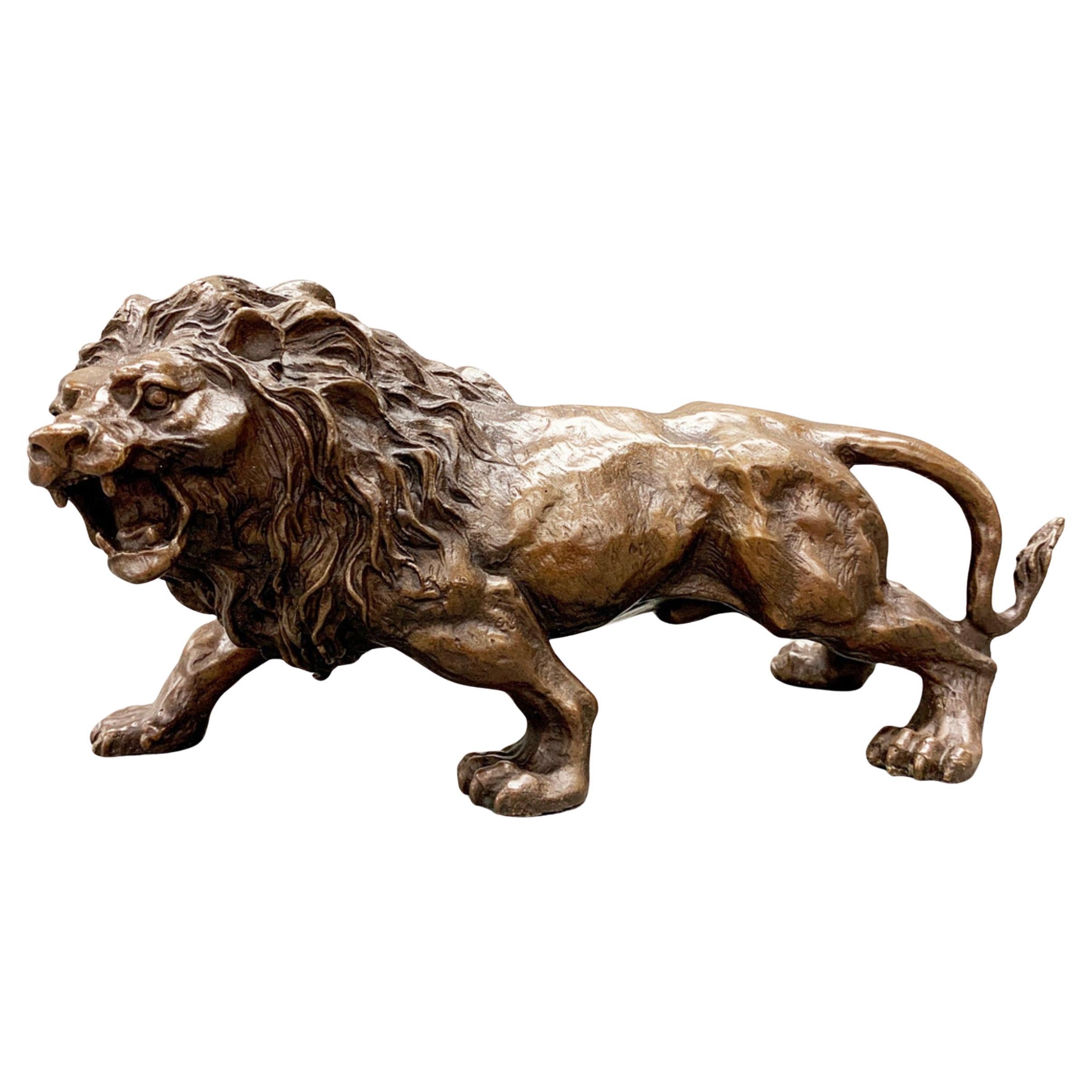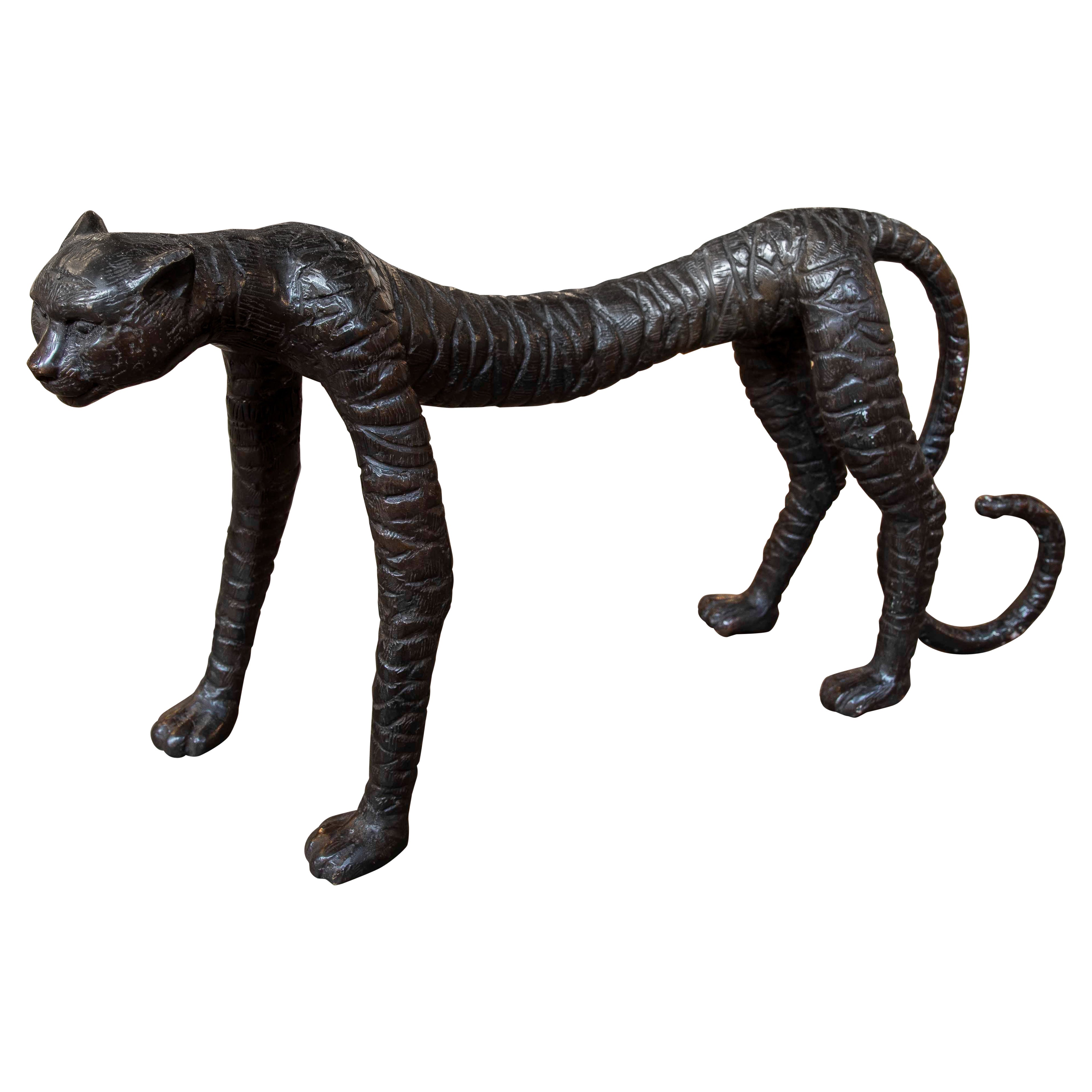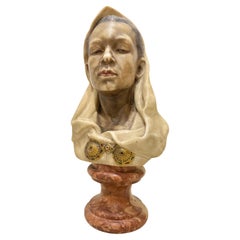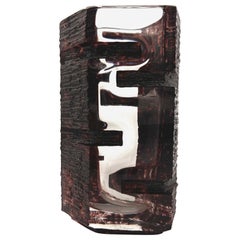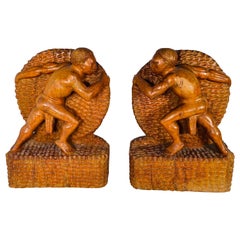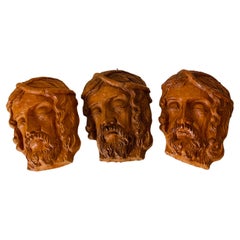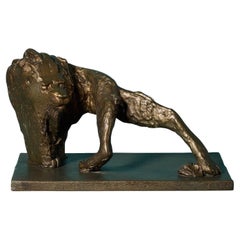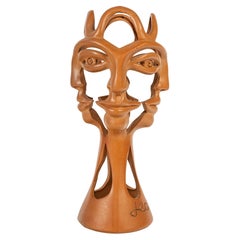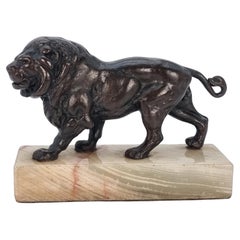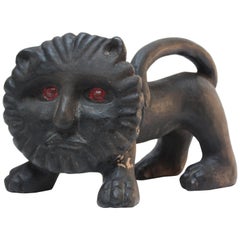Items Similar to Jean Marais (1913-1998)The beast and the beauty (1947) bronze sculpture signed.
Want more images or videos?
Request additional images or videos from the seller
1 of 10
Jean Marais (1913-1998)The beast and the beauty (1947) bronze sculpture signed.
$7,300
£5,492.57
€6,345.66
CA$10,316.81
A$11,202.05
CHF 5,932.30
MX$137,304.98
NOK 73,414.58
SEK 69,372.89
DKK 47,361.40
About the Item
This creation called Zoomorphe is a sculpture inspired by Beauty & The Beast by Jean Cocteau. This work created by JEAN MARAIS and manufactured in the artist's workshops in Vallauris represents a double-sided two-headed faun with a different appearance. Original signed Jean Marais
Numbered 43/75.
Jean Marais ( 1913-1998 )
Jean Cocteau's lover, Jean Marais is revealed to the theater by the successful works of his pygmalion, Œdipe Roi in 1937, Les Parents terribles the following year and La Machine à écrire in 1941. The film L'Éternelrel Retour (1943) by Jean Delannoy, written by Cocteau based on the legend of Tristan and Iseut, erects him as an icon of French youth, with dazzling beauty, in the middle of the Second World War. The poet then directed him in his realizations - Beauty and the Beast (1946), The Eagle with Two Heads (1948), The Terrible Parents (1949) and Orpheus (1950) - and screenwriters Ruy Blas (1948) and The Princess of Clèves (1961). At the same time, Marais always has the support of critics to the theater, especially in plays of the classical repertoire.
From the 1950s, giving revigon to cape and sword cinema, he established himself as a popular hero of adventure films in costumes, in adaptations of masterpieces of the genre, generally under the direction of André Hunebelle. He thus attracted a large audience in Le Comte de Monte Cristo (1955), Le Bossu (1959), Le Capitan (1960), Le Capitaine Fracasse and Le Miracle des loups (1961), Les Mystères de Paris (1962) or Le Masque de fer (1962). Fifteen years before Jean-Paul Belmondo, he impressed by performing most of his stunts. He converted in the 1960s to modern action and spy films, especially with the lucrative Fantomas trilogy.
Later, with the exception of his role in Jacques Demy's Peau d'âne (1970), Jean Marais turned less, for lack of proposals, and devoted himself rather to the theater, while becoming a recognized sculptor and potter in Vallauris. He also maintains the memory of Jean Cocteau, although he is not his heir. In 1993, he received an honorary César for his entire career.
- Creator:Jean Marais (Artist)
- Dimensions:Height: 12 in (30.48 cm)Width: 13 in (33.02 cm)Depth: 5 in (12.7 cm)
- Materials and Techniques:
- Place of Origin:
- Period:1980-1989
- Date of Manufacture:1980
- Condition:
- Seller Location:palm beach, FL
- Reference Number:1stDibs: LU6124243794082
About the Seller
5.0
Vetted Professional Seller
Every seller passes strict standards for authenticity and reliability
Established in 2007
1stDibs seller since 2021
20 sales on 1stDibs
Typical response time: 1 hour
- ShippingRetrieving quote...Shipping from: Brooklyn, NY
- Return Policy
Authenticity Guarantee
In the unlikely event there’s an issue with an item’s authenticity, contact us within 1 year for a full refund. DetailsMoney-Back Guarantee
If your item is not as described, is damaged in transit, or does not arrive, contact us within 7 days for a full refund. Details24-Hour Cancellation
You have a 24-hour grace period in which to reconsider your purchase, with no questions asked.Vetted Professional Sellers
Our world-class sellers must adhere to strict standards for service and quality, maintaining the integrity of our listings.Price-Match Guarantee
If you find that a seller listed the same item for a lower price elsewhere, we’ll match it.Trusted Global Delivery
Our best-in-class carrier network provides specialized shipping options worldwide, including custom delivery.More From This Seller
View AllCarrare Bust Nubian Polychrome Late 19th Century Signed Marchetti
Located in palm beach, FL
Bust sculpted in Carrara marble. Nubian polychrome is extremely well-executed giving a realistic effect. A white veil is attached by a golden fibula. Red ma...
Category
Antique 1870s Italian Busts
Materials
Carrara Marble
Cesar Baldaccini ( 1921-1998 ) Vase model Argos for Daum France 1970
By César Baldaccini, Daum
Located in palm beach, FL
Vase A by Cesar Baldaccini for Daum, France, 1970s, is a magnificent work of art that seamlessly combines form and function. Designed by renowned French sculptor Cesar Baldaccini, this multi-faceted vase is a stunning example of his mastery of sculptural forms. Made by renowned French glassmaker Daum, this vase features a highly polished, multi-faceted surface that reflects and refracts light in fascinating ways. The veneers are perfectly aligned and flawlessly executed, creating a breathtaking sense of depth and texture. The vase is signed "Daum France", which adds a touch of authenticity and provenance to the piece. This is a true collector's item, sought after by art lovers and collectors around the world. Functional, the Argos vase is ideal for presenting flowers or other decorative objects. Its sculptural form and multi-faceted surface create a dynamic backdrop that enhances the beauty of any arrangement. Overall, the Argos vase by Cesar Baldaccini for Daum, France, 1970s, is a masterpiece of design and craftsmanship. Its striking form, impeccable craftsmanship and exceptional provenance make it a highly coveted piece that is sure to impress and enchant anyone who sees it.
Cesar Badaccini (1921-1998)
His parents, Omer and Lelia Baldaccini, Italians of Tuscan origin, ran a bar in Marseille where César was born, with his twin sister Amandine, in 1921 in the popular district of Belle-de-Mai, at 71 rue Loubon, in the 3rd arrondissement1. "I am basically an absolute self-taught," he will say2. At the time, he designed and tinkered with carts for his little brother with cans. Nevertheless, after first working for his father (he also helped a butcher neighbor for a meager salary after leaving school at the age of twelve), he followed the courses of the École supérieure des beaux-arts de Marseille from 1935 to 1939; in 1937, he obtained three prizes, in engraving, drawing and architecture3.
Not mobilized during the war (he also escaped the STO), he lived on scams before settling in Paris to be admitted, in 1943, to the École nationale supérieure des beaux-arts with Michel Guino, Albert Féraud, Daniel David, Eugène Dodeigne and Philippe Hiquily, like him in the workshop of Marcel Gimond. In 1945, he returned to Marseille to marry Maria Astruc, with whom he set up a business (they divorced in 1959). He returned to Paris in 1946 where he occupied a studio in an old brothel at 21 rue de l'Échaudé, whose rooms, following the Marthe Richard law, had been assigned to students4. There he met Émilenne Deschamps, who would later become one of his muses.
Faced with the impossibility for him to work the stone, because of its cost, he turned to other materials3. From 1947, he worked on plaster and iron. In 1949, he was introduced to arc welding in an industrial carpentry in Trans-en-Provence and used lead in pushed sheets and welded iron wires. In 1951, he visited Pompeii and remained marked by the casts of the bodies of the inhabitants caught in the lava3. In 1952, he used inexpensive recovered materials and made his first sculptures in welded scrap metal: his means were then still modest. Thus, for lack of money and to afford marble, César will recover in the scrap dumps the materials of his first sculptures: tubes, bolts, screws that become insects or end up in the powerful curves of the Venus de Villetaneuse (1962).
In 1954, he exhibited at the Lucien Durand gallery in Paris and obtained the "collabo" prize for a sculpture entitled Le Poisson5, made in Villetaneuse, a city where he worked for a dozen years thanks to the help of a local industrialist, Léon Jacques6. He gained fame when his work was bought for 100,000 francs in 1955 by the State for the National Museum of Modern Art7. The same year, he exhibited at the Salon de Mai. The following year, the MNAM bought Chauve-souris from 1954 and the museum of modern art in the city of Paris Le scorpion from 1955. From 1954 (Torse, MOMA), he also made sculptures in welded metal, then in partially polished bronze, of busty women (Ginette, 1958, Victoire de Villetaneuse, 1965).
In 1956, he participated in the Venice Biennale then in the São Paulo Biennale and in the Documenta II in 1959. In 1958, he signed a contract with the Parisian gallery Claude Bernard3. In 1961, he approached Marino di Teana and joined the group of Nouveaux réalistes, a movement founded by art critic Pierre Restany8, including Arman, Jean Tinguely, Niki de Saint Phalle and Gérard Deschamps.
When he could afford a workshop in 1957, rue Campagne-Première in Paris, he married Rosine Groult-Baldaccini (met at the Beaux-Arts in 1948) with whom he had a daughter, Anna, a year later. He also begins to frequent the world of the In 1968, he created at the National Manufacture of Sèvres a porcelain Ashtray published in fifty copies. Made of porcelain with a semi-matt pearly cover, it represents a plaster mold used for the production of the pieces, and was produced from an original aluminum model. In 1971, during a premiere at the Lido, he found more media than him: Salvador Dalí, the master of extravagance. He debates the same year in Italiques with François Truffaut, Lucien Bodard and Asher Ben...
Category
Vintage 1970s French Mid-Century Modern Vases
Materials
Glass
Mid-Century Bookends
Located in palm beach, FL
Art Deco period two greenhouse delivered carved in original rosewood signed B Ralisam
The sculpture represents two men almost naked in the effort of the work. They push a wheel with...
Category
Vintage 1930s French Art Deco Bookends
Materials
Wood
$980 / set
Three Terracotta Sulptur Vallauris Jesus Face 1985
Located in palm beach, FL
Set of 3 terracotta faces, handmade in the south east of France, in Vallauris, unsigned, dated 1985 on one of the faces.
Category
Vintage 1980s French Figurative Sculptures
Materials
Terracotta
French 1960's Vallauris Four Owls Terracota
Located in palm beach, FL
Terracotta sculpture representing four owls aligned on a thick branch and each showing a different expression. The mastery of the artist's work is accomplished
The stylized scope gi...
Category
Vintage 1950s French Animal Sculptures
Materials
Terracotta
Antique Italian Carved Wood Sconces, 19th Century
Located in palm beach, FL
Wood sconce has decorated with carved acanthus leaves. The patina of time is superb, indeed the colors white, natural wood cracked gives a romantic and timeless tone to these Italian baroque sconce.
Category
Antique Mid-19th Century Italian Baroque Wall-mounted Sculptures
Materials
Wood
You May Also Like
John W. Mills (1933-2023) Bronzed Prowling Lion Sculpture
By John Mills
Located in Wormelow, Herefordshire
A fascinating bronzed tabletop sculpture of a prowling lion by the acclaimed British sculptor, John W. Mills. This is an original resin maquette from the artist’s Caged Lion series w...
Category
Late 20th Century English Mid-Century Modern Animal Sculptures
Materials
Resin
Terracotta Sculpture by Jean Marais, the 3 Faces, 1970.
By Jean Marais
Located in Saint-Ouen, FR
Terracotta sculpture by Jean Marais, the 3 faces, 1970.
Jean Marais terracotta sculpture, the 3 faces, 1970.
H: 32cm, D: 15cm
Category
20th Century French Modern Abstract Sculptures
Materials
Terracotta
Antique French late 19th century bronze study of a prowling lion circa 1900
Located in Central England, GB
This superbly detailed fine bronze study depicts a male prowling lion. His body ripples with his muscular physique as he moves forward on large clawed paws. His head is framed with a...
Category
Antique 1890s French Louis Philippe Animal Sculptures
Materials
Bronze
Bernard Langlais Terracotta Lion
By Bernard Langlais 2
Located in Brooklyn, NY
Small terracotta lion sculpture by prolific artist, Bernard Langlais. This example is uncommon for Langlais, whose avid exploration of the animal kingd...
Category
Vintage 1960s American Mid-Century Modern Animal Sculptures
Materials
Terracotta
Antique Bronze Lion Sculpture 19th Century Brown Patinated Roaring Lion Statue
Located in Wembley, GB
This is a powerful and finely cast antique bronze sculpture of a lion, dating most likely to the 19th century. The piece captures the king of beasts in a dynamic and commanding pose,...
Category
Antique 1880s French Art Deco Abstract Sculptures
Materials
Gold Plate, Brass
1970s Bronze Tiger Sculpture with Brown Finish
Located in Marbella, ES
1970s Bronze Tiger Sculpture with Brown Finish
Category
Late 20th Century Animal Sculptures
Materials
Bronze
More Ways To Browse
Bronze Eagle Signed And Numbered
Jean Marais Hand
Monte Cristo
Tribal Vintage Sculpture
Vintage Caduceus
Vintage Ceramic Girl Figurines
White Porcelain Statue
African Carved Heads
African Figurine
Antique Backpacks
Antique Chinese Mask
Antoine Bourdelle
Art Deco Drapes
Art Deco Erotic
Art Deco Hood Ornament
Art Deco Polo
Art Deco Woman Head
Bennington Vermont
